The challenge is to do work that is effective, yet radical: Praful & Amit Akali
Praful Akali, Founder & MD, Medulla Communications, and Amit Akali, Chief Creative Officer, Medulla Communications and Managing Partner, WYP Brand Solutions, speak to AdGully on the agency’s spectacular performance at Cannes Lions 2016, some untold stories, the state of health communication in India, future plans, and more. Excerpts:
Your spectacular show at Cannes Lions this year has been extensively covered. What are the untold stories that still remain?
During the Awards Show, there may have been just four people from Medulla but there was a huge Indian ad agency contingent that was cheering loudly each time Medulla won an award. After the ceremony got over,team Medulla took over an hour to get out of the venue since the jury members and others were congratulating us and all this while other Indian agency folks were waiting for us and already celebrating the Indian win on the steps of the Cannes Palais where the awards show happens.
Together we headed jingoistically to the famous Cannes gutter bar,where the entire ad industry hangs out whether they lose or win. And we literally carried this heavy 10 kg of awards with us, which then graced the table. Other Indian agency folks were literally talking to the waiters in Hindi and English saying, ‘India jeet gaya hai, can you please get us this table?”
What changes do you envisage from now on in healthcare advertising in India post your Cannes wins?
Healthcare advertising is changing and so is the perception changing significantly, which is very important because earlier healthcare advertising was considered boring. What’s happening is not just because of the awards, but because of the work which has won the awards. The awards give recognition to the work. And when people are looking at our work, they are saying this is not boring. So why can’t I do that kind of work in healthcare. That’s the one thing that I think is really changing. People have been accepting boring work and doing it in healthcare; now it is a clear question as to why do you need to do that.
So we think that alone will raise the bar significantly as far as healthcare in India and across the world is concerned. In fact, we believe the country will become a big hub in the coming years for healthcare work across the world. In fact, that is already happening and people have been noticing our work and the biggest international brands want to work with us now.
How do you create a balance between the regulatory requirements and creative freedom while conceptualising a campaign for a pharma client?
You normally have to deeply understand the regulatory requirements completely. And you have to work like thaton any work that you do across any industry. You have to understand that the regulations are critical but within that you can find good work and when you understand the creative process deeply, then you can work well. However, if your understanding is superficial, then you start to view them as constraints even though they are not actually like that.
According to you, what is the most challenging part in sustaining yourself in a niche sector like healthcare?
Essentially, what happens is that specifically in India, the ad agency model is still at a very nascent stage. Therefore, clients don’t work with ad agencies as much they should. And to be honest, this is an issue from both sides. Clients don’t appreciate the value the agency brings. And vice versa, the agencies don’t necessarily understand what the client needs in healthcare, because their need is a very specialised one and as a result, even when clients have been able and willing, agencies have not been delivering enough value in the past. Therefore, it is a vicious cycle: clients are not satisfied with the agencies; agencies are not satisfied with the clients. To break this vicious cycle and to break the perceptions at the core requires work that is different. Anyone who does different work is swimming against the tide and you are not necessarily getting paid sufficiently for that. So, to break the vicious cycle is the biggest challenge and thankfully, the Cannes wins are already helping us to break that.
From a third place at the inaugural edition of the Healthcare Agency of the Year awards in 2014 to winning the title this year – what were the major developments at Medulla in the intervening period?
While the journey from No. 3 last year to No. 1 this year is very exciting, I think it’s important to understand that the journey actually started even before we got to No.3.
Eight years back when Medulla was founded, we felt that advertising agencies were not getting healthcare and healthcare agencies were not getting advertising. So we felt that if we could do planning and creative at a level of the best mainline agencies and also add on medical at the level of best healthcare agencies and integrate the functions, then we could do very good work.
But like all self-funded agencies, Medulla was built step-by- step. We started off as a medical and planning agency. Two years later we built a design team and another two years later we hired our Creative Director and that helped in setting up a creative team. Still when we were looking at healthcare creative work in India, the benchmarks were very low. Then my brother Amit joined us and he comes with 20 years of mainline advertising experience. He has set up his own agency, but he is also the Chief Creative Officer at Medulla and I support him in the business strategy of his agency. With Amit coming on board, we realised that we could really up the level of creativity. We conducted a lot of workshops, we hired new people, we decided on new creative structures, etc. We then realised that we were doing a great deal of creative work differently and saw almost magic happening out there, and so we started entering for awards. We first entered for the Rx Club Show New York, 2014 – which is a big pharma awards show across the world – where we actually won more awardsin our first outing than any other agency from India has ever won in a single year. Next were the Abbys/ Goafest and we were probably the first healthcare agency to have won there. We entered in three categories and won two awards against the best mainline advertising work in India. That’s how we decided to enter the Cannes Lions Health in 2015 where we ended up unexpectedly winning the Third Healthcare Agency of the Year.
So, having already achieved all of that, we owed it to ourselves to get to No.1. We readied ourselves by studying who were the agencies that had got to No.1, who were the Agency of the Year, who was the Network Agency of the Year, what were the entries that they had done, how many entries had they sent out, how many entries got shortlisted, what was the quality of the entries, what was working and not working and then we did an introspection of how that was in line with our own philosophy ofcreativity and advertising. We realised that we were very much in line with their philosophy in terms of wanting to not just sell the brand, but hopefully impacting the customer in some way. Starting with regular briefs and generating award winning ideas coming from there, getting clients to invest in the work, in the idea and then taking it forwardand implementing it, finally ending with packaging the ideas for awards – it was a year-long process.
When it comes to healthcare advertising, how clear are clients in their creative briefs as well as their expectations from the agency?
There is definitely scope for improvement on that front. What to say and how to say it are two separate requirements but sometimes they get merged. The role of the client and the agency should be very clear.Second challenge is that the briefs are either very superficial or they are very informative but still lacking a single-minded proposition. It is important for the agency to geta lot of information from the client and understand the market. We immerse ourselves as much as the client does in the project. But at the same time we have a single-minded proposition to work on vis-à-vis getting too many pegs to handle as an agency.
How open are the clients to acceptingradically creative ideas?
We believe the question is being unfair to clients. A lot of agency folks often look at our ideas only from a creative standpoint and not from the customer standpoint and hence, we look at selling radical ideas that add to our resume, but do not necessarily add to the brand. When we present effective work to the client, even if it is unexpected or radical, clients do appreciate that work.
But the challenge is to do work that is effective yet radical, you need a lot of support from the client even before you are in a position to sell the work – in terms of timeline, briefs, putting in efforts and investments even when you don’t know where the efforts will lead.
What kind of growth have you witnessed in healthcare ad spends by the clients in last 2-3 years?
First of all, there is consumer healthcare and then there is pharma. Consumer healthcare includes the hospitals and clinics. What we are seeing currently is the healthification of everything. There are many products and services that sell health. The consumer healthcare market has been growing by leaps and bounds over the last few years. Clients have been investing a lot in what officially qualifies as healthcare advertising. The challenge has been whether our healthcare ad agencies are giving them a specific solution for that healthcare advertising and therefore, clients tend to use more of the mainline advertising agencies. But I think that clients are slowly realising the work that we are doing; even while you are doing television advertising, the insights need to be far deeper and the creative needs to touch concepts at very different levels in healthcare advertising. Above the line communication has a clear role to play, but there are a lot of other 360 degree elements that completely change for healthcare advertising. Thus, consumer education, digital media, influencer or healthcare professional communication all become a key part of the communication mix in healthcare advertising.
With all of this, ‘consumer healthcare advertising’ has been growing at incredible rates in the last several years. However, pharma advertising or advertising on pharma brands is still a few years behind in the country and the exponential growth period for pharma advertising is still to come.
Being a self-funded agency, what are the advantages and challenges that you have faced?
The main advantage, of course, is that we could follow our vision and believe in it completely. We had a clear vision, we saw value in that vision and we could invest in it, scaling up as and when we believed that we were on the right path.
At the same time, being self-funded means that you have to be extremely lean, you have to make very, very focussed choices as well. Which was why last year when we realised that we have to focus on Lions Health, we only focused there and we did not enter for Goafest this year, neither did we enter the Rx Club Show New York. Similarly, when we are working with clients, we have to be very particular about what kind of clients we are approaching at a particular time and why, and only pitch for businesses that have value for both us and the client.
What’s next after Agency of the Year at Cannes Lions?
I think the idea is to convert the dream run into a much longer dream run. Essentially what that means is that we now have an opportunity with international credentials to further build on our international business. We have got a lot of pharmaceutical clients and consumer healthcare brands that are interested internationally to do work with us and we have to make sure that we pitch for some of the biggest businesses across the world.


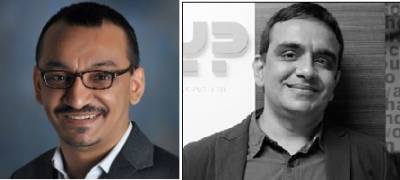
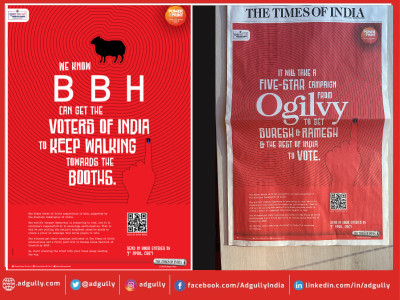
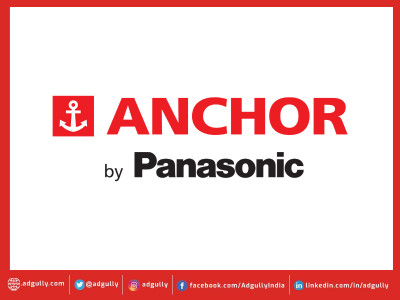
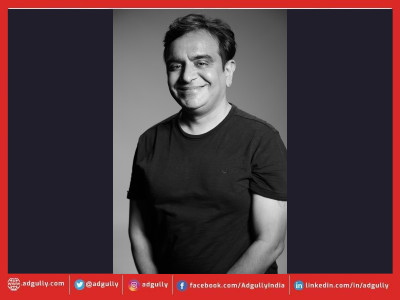
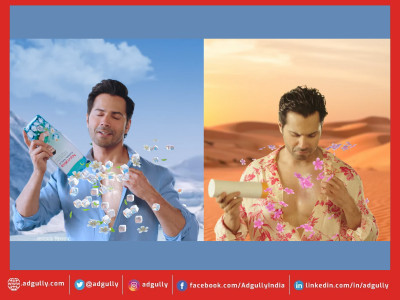

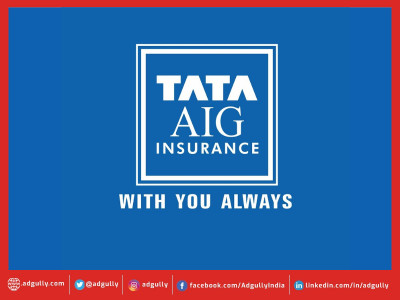

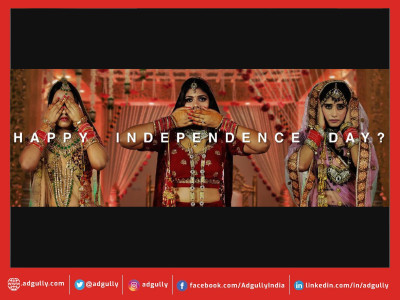
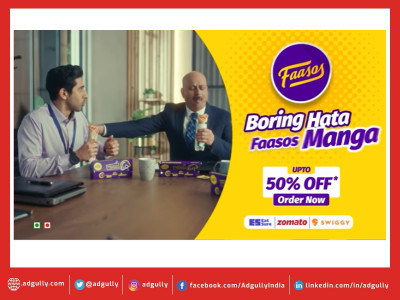

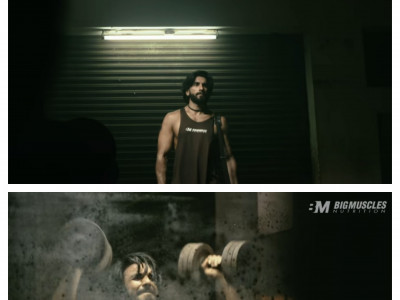
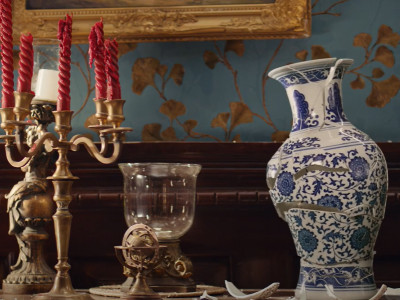

Share
Facebook
YouTube
Tweet
Twitter
LinkedIn